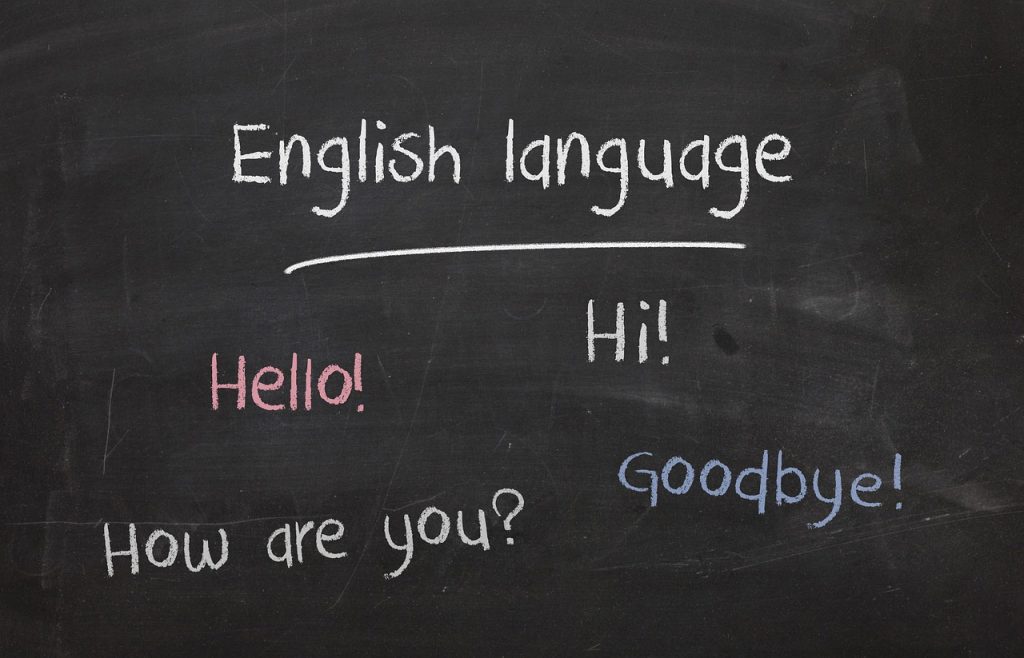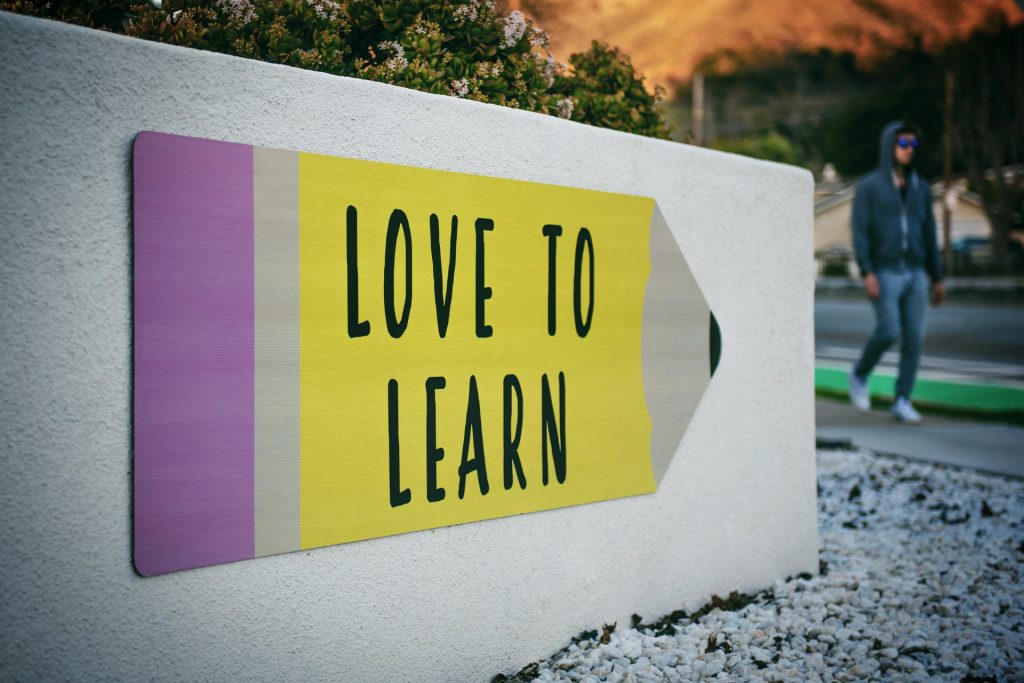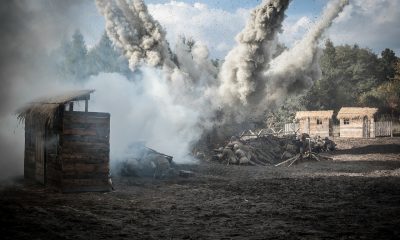
Spc. Kristina Gupton, U.S. Army
Should strategy hinge on what one must do or on what one can do? Over the past decade, a lot of American military challenges have stemmed in Africa, and yet American military presence goes remarkably unnoticed on the continent. Even their choice of military investments seems to steer their tactical future away from Africa. European countries have therefore invested Africa, and if the US is intending to tackle the problem from their origin, it needs to re-think the type of equipment it uses.
It’s not to say that the US is not aware that Africa exists, or even that it contains a strategic problem for them. The Pentagon is fully aware that several states in Africa do not control their territory, such as Nigeria, Kenya, and may others: anything goes in those areas, where vast amounts of territory escape government control. In a 2013 listing (1) by Business Insider on failed states, 90% of the countries listed were on the African continent.
This situation is not exclusive to Africa: a few Asian states find themselves in the same category, with Pakistan (2) and Afghanistan (3) in pole positions. Even if both of those states contain elements which are more or less hostile to the US, it doesn’t mean they are in favor of loose cannons roaming and plotting in uncontrolled areas, as they hamper and disrupt government policies. And there seems to be little local governments or US forces can do to change the situation.
The American choice has been traditional: technological domination through extreme-high tech and getting their soldiers ever further away from the battlefields with intense drone capacity development. The F-22 and F-35 are state-of-the-art weapons, which would conveniently suit confrontation with developed armies (Western Europe, Russia (4), China (5)…) but are grossly oversized for fighting insurgents. A short scene in the CIA movie Syriana perfectly illustrates how billions of dollar worth of military power can be outplayed in seconds by nimble and clever insurgents. As a US observation drone tracks a car containing a hostage driving in the desert; the car is joined by 3 other identical cars, which drive in circles for 30 seconds, forming a large cloud of dust with the sand. They then part in 4 different directions, leaving a disoriented drone behind them America can keep pouring dollars into its hegemonic military equipment, but simpler would probably be better to fight the fights it needs to fight. A long-range, low-sound-signature, heavily armed nuclear submarine is a simple waste of money (and therefore military power) facing mujahedeen or Janjaweed tribes.
Other countries don’t make the same technological choices. Traditionally, Africa has been France’s area of influence (6). For decades, therefore, France has opted for simple, rugged, combat-proven equipment. In Mali, the Nexter systems VBCI (7) appeared to be the perfect choice: it is fast enough to catch up with nimble and speedy insurgent forces, and once it has established contact, it provides the necessary protection against AK-47s and RPGs (insurgents’ traditional weapons of choice), as well as superior firepower. The VBCI was built with all-terrain wheels, high-power engine, to thrust it up to 100 km/h (plenty to catch up with insurgent 4×4), and a 25- and 7-mm cannon to suppress enemy forces. Because it is so modular and independent in its operation, it enables the French army to work at a small scale, which other armies seem to find difficult doing, despite necessity for doing so. Michael Shurkin, from the Rand Corporation, says (8) “The US Army can operate “small,” but it is not designed to do so and appears to do so against its will, with all sorts of assorted inefficiencies. The French Army operates small by design and has made an art out of what the US Army does only when it has to.” In the key findings (9) of Operation Serval’s survey, was “The French Army in Mali operated using small, scalable, and task-organized combined arms forces and built them up or folded them into larger, scalable formations.”
The Caesar artillery system (10) was built along the same lines. Very piece of French equipment is built on the assumption that things will go wrong, once they are fielded and deployed. French military engineers assume logistics will be disrupted, that ammo will run short, and so on. Therefore, the new French cannon can reach ranges of 42 kilometers with standard NATO ammo, be fitted on standard chassis, and be transported by land, air or sea. It resists dirty bombs and IEDs.
The association of both weapon systems made a deadly trap for insurgents in Mali. Artillery positions denied entire areas to rebels, and in the little space left for them to operate, the high-speed motorized infantry would relentlessly track them down. In the words of the French narrative “The enemy could never catch its breath”, despite “the fact that one is perpetually outnumbered and under-resourced”. When one continually has the initiative on the enemy, something speed and visibility will give you, being outnumbered doesn’t matter. In addition, the highly modular characteristics of French equipment reduces the necessary logistics to a strict minimum, making movements swifter. In the Rand Organization report on Operation Serval, it is quoted that “The French use relatively lightly armored wheeled vehicles, which have smaller sustainment requirements compared with heavier, tracked vehicles.”
Globally, French armament is designed in a way that reflects French strategy. French strategy is military, not political. In other words, their equipment doesn’t aim at impressing with costly and fragile technological options, it aims at working and defeating the enemy and collaborating with allies. It aims at preserving their interests and the stability within the regions in which they lie, and it does it well. It needs to be said that this is not the result of necessity, but of choice. French Engineers are fully able, as are British, Germans, Danish and others, to build high-tech equipment. The Rafale and the Tiger helicopter come as proof of scientific capacity.
It would be in America’s interest to consider the “fluidity of the insurgency market”. Terrorists and insurgents go where they can exercise their “craft” in the best conditions. The French witnessed this phenomenon first-hand: when fighters were no longer at home in Libya after the fall of Gaddafi, they went simply went elsewhere, (11) which enticed the French to deploy in Mali. Though the American deployments in Afghanistan and Iraq can hardly be deemed victories, it must be said that it is no longer a safe haven for terrorists and insurgents, due to increased government control, through American assistance or not. Now, given that leeway is low and shrinking in Asia (Pakistan and Afghanistan, mostly), it is very likely that the strategic heat will move towards Africa, where insurgents can operate in peace.
The fact is that the Vietnam War still weighs upon American policy: there is great fear within the Pentagon at the idea of getting “bogged down” in any theater of Operations. It happened in Vietnam, and in Iraq and then in Afghanistan again. With excessively elaborate military techniques, the US ran out, in a few years, of political will to continue despite the lack of traction, unable to achieve notable results quickly, the way it had against Nazi Germany and Imperialist Japan in 1941. But whether the Pentagon likes or not, there are now high-level intensity conflicts on the horizon, and World War 2 is nowhere near returning. It needs to stop secretly wishing to return on a battlefield on which victory was granted and start from scratch again. The M-16 machine gun did the job perfectly well in the Vietnam Jungle, and so did Bell helicopters. The US needs to accept fighting simpler battles.
(1) http://www.businessinsider.com/the-25-most-failed-states-on-earth-2013-6?op=1&IR=T
(2) http://seeandsaynews.in/exclusive/7766-rohingyas-and-the-larger-question-of-population-control
(3) https://en.wikipedia.org/wiki/Durand_Line
(4)http://in.rbth.com/blogs/2014/10/12/why_the_f-35_is_a_sitting_duck_for_the_flankers_38959.html
(5)http://www.news.com.au/technology/innovation/f-35-in-new-dogfight-over-chinese-russian-stealth-fighter-advances/story-fnpjxnlk-1227181998650
(6) http://www.nytimes.com/2013/07/22/opinion/global/the-return-of-francafrique.html?_r=0
(7) http://www.defenseindustrydaily.com/vbci-frances-wheeled-apc-04100/
(8) http://mars-attaque.blogspot.fr/2014/10/about-operation-serval-in-mali.html
(9) http://www.rand.org/pubs/research_reports/RR770.html
(10) http://www.army-technology.com/projects/caesar/
(11)https://www.google.fr/search?q=lybian+fighters+go+to+mali&ie=utf-8&oe=utf-8&channel=rcs&gws_rd=cr&ei=Eka2VZieKsXiUZ7cjYAP
Business
Learn English quickly and effectively with the Callan Method

In a world where all countries and cultures are interconnected, learning different languages has become mandatory. To do so effectively, you should try the well-known Callan Method, with which you’ll easily master English in less time than you imagine.
The learning of the English language has gained great importance in the job and academic world due to the globalization our society has experienced and the fluid communication constantly occurring between all countries. Due to these factors, and if you want to grow as a person, mastering English is crucial and something you must do to increase your opportunities in the current world. Therefore, it’s best to explore efficient methods to learn it, and one of them is undoubtedly the Callan method.
The Callan Method is totally different from conventional methods for learning English, and it has shown to be effective for those who decide to start their journey of learning this language.
What is the Callan Method, and how does it work?
Since ancient times, many language teaching methods have been developed with different approaches and types of progressions, of which one of the most effective is the Callan Method. Developed by Robin Callan in the 1960s, this method stands out for its intensive approach aimed at quickly and effectively imprinting the language into the student’s brain.
This is achieved because it is based on fundamentals such as repetition, constant real-time practice, and immediate correction of any error. With this method, students are constantly exposed to oral questions and answers in English, with repetitions of the same and, above all, error corrections.
Upon entering one of these classes, you will quickly notice the difference from a regular English class. The teacher will be speaking in English at a natural speed, and you won’t touch a pen or paper throughout the entire lesson, but rather respond to oral questions and participate in structured conversations.
Thus, the Callan method mainly emphasizes improving fluency in speaking and the auditory ability to understand the language, skills that will be tested in real-life situations. Repeating this a sufficient number of times results in a student with fluency and confidence in the language, ready to face the world in English and engage in advanced conversations with native speakers of this language.
Benefits of the Callan Method
This method, unlike many others, offers a variety of advantages for students that make it stand out from the crowd and position it as one of the best, as studies have confirmed that with this method it is possible to learn English up to 4 times faster than with any other.
One of these advantages is the fact that when you start studying with this method, you don’t learn grammar but rather dive straight into the world of English. This might sound counterproductive, but it’s quite the opposite, as it allows you to start familiarizing yourself with the sounds and vocabulary, even as a beginner.
Furthermore, being based on a primarily oral learning system, you will improve your fluency in speaking and your listening skills will progress effectively and rapidly. These two skills are the ones you will use the most in real life, so the Callan Method is perfect if you want to go to an English-speaking country.
Beyond the typical generic conversations you would learn in any class, the Callan Method offers structured conversations that encourage you to use new words and phrases in each one, emphasizing learning with each session to make the most of your time.
By receiving corrections from the teacher immediately after making a mistake, not only do you have the chance to correct it, but little by little you gain the confidence necessary to speak and master the language as if it was your mother tongue. So if you are looking to learn English easily, or to further improve your English skills, the Callan Method is definitely worth diving into.
Students' Column
How Students Are Learning To Focus Better

Being a student can be tough for a lot of people, and it is certainly something which can often prove to be difficult to do right. One of the main issues that are always going to be happening for students everywhere is that it can be hard for a lot of students to focus on their work for that long. However, this is vital if someone is going to be able to put their all into their work and get the results they are looking for. Here are some of the ways that students are now learning to focus a little better on their studies.
Putting The Phone Down
In many respects, the smartphone is the enemy of concentration – and a lot of students these days are starting to realize it. The simple act of putting the phone down for a while can dratically help anyone to concentrate better and focus on what they need to, so that is something that students are doing more effectively now. It can also help to turn it off or even put it somewhere far away while studying, such as in the other room. This is a great and very important way to focus better right now for students everywhere.
Using Supplements
There are many supplements out there in the marketplace now that are designed to help with concentration and focus. Of course, it can often prove difficult to know which of these are actually worth taking and work well, and which might not be quite so worthwhile. One good example of a supplement that does seem to work well for improving focus is CBD oils such as those at CBDistillery. These can often seem to be highly effective, and they are definitely something that students can consider in order to try and focus a little better each day.
Getting More Sleep
Sleep is a vital factor in how well a person can concentrate. Someone who is not getting enough sleep is going to find that this can drastically affect their ability to focus, so this is another area that many students are starting to look into more and more. In order to get more sleep, however, they might need to make many changes, and it’s something that for some students can simply escape them for quite a long time. However, it is worth pursuing for anyone who wants to be able to focus better on their work.
Setting Up A Distraction-Free Space
Distractions can be all too easy to come across, and this is one of the major ways in which someone is going to often struggle to concentrate properly on their studies. However, the simple solution to this problem is to set up a distraction-free space, which is what a lot of students are now doing, and this does seem to be incredibly effective for a lot of people. So that too is another really important thing that students can attempt in order to concentrate more, and it’s looking like more people are doing this.
Students' Column
8 Tips On How To Be The Best Teacher

Being a teacher in a day and age when teachers are constantly being attacked for their inability to educate students can be quite a daunting prospect. Even when teachers try hard, they may encounter parents who complain about what they’re teaching or how they’re teaching it. In any case, it’s always best to learn from those who have been in the trenches before you.
Here Are 8 Tips On How To Be The Best Teacher
1. Get To Know Your Students
One of the best ways that you can improve your teaching is by knowing who your students are and what they want. However, this takes time; it’s something you build through the school year. So begin by getting to know their names as soon as possible – then start learning other things about them: interests, background, ambitions, etc.
This will help you plan lessons that meet their individual needs and wants, resulting in a more enjoyable experience for both you and them. A good rule of thumb is to ensure you take part in a cpr certification course online, as you never know when it might come in handy.
2. Find Out How Each Student Learns
No two people learn in exactly the same way. Therefore, you should find out how each of your students learns to understand how they absorb information from your lessons.
For example, some people prefer listening while others prefer reading, some learn best from demonstrations, and others need to see a diagram or image. This will help you plan your lessons so that everyone has a chance to learn.
3. Encourage Your Students To Ask Questions
Students often fail to ask questions after a class because they don’t want to ‘look stupid’ or embarrass themselves in front of the rest of the class. Try to encourage your students to ask questions by emphasizing that there’s no such thing as a silly question – the only stupid question is the one that wasn’t asked!
4. Encourage Group Work Between Your Students
Group work can be an excellent way of helping your students learn. Not only does it help those who find it hard to participate in class, but it also helps those who are more confident as they have to explain themselves and defend their reasoning. With a bit of guidance from you, many classes will soon grow closer as friends and work better together as teammates.
5. Give Regular Feedback On Performance
Giving regular feedback on performance during lessons will help show you what areas each student needs extra tuition in. It will also allow you to give quick guidance on how they can improve their performance next time – saving valuable lesson time.
6. Encourage Your Students To Help Each Other
Utilize peer-learning by encouraging your students to help one another – this not only helps them prepare for the real world but also saves you time when planning lessons. For example, if you need students to research various facts and figures, why not set up groups of two or three? They can then share ideas and resources to complete the work in less time.
7. Reward Good Performance
Everyone responds well to positive feedback, and with careful planning, you can use this in your teaching style to encourage good performance from your students. For example, if someone is doing particularly well in class, why not surprise them with a special reward? It doesn’t need to cost money; examples could include letting them eat lunch first or giving them some extra playtime at break time.
8. Keep Your Class Active
One of the most important things about being a successful teacher is ensuring that your students are actively taking part in all aspects of each lesson. If you feel that some lessons have become too passive, try to inject more energy into your lessons by making them more interactive. This will keep students interested, and they’ll retain more of what you’re teaching.
-

 Business12 months ago
Business12 months agoHow To Future-Proof Your Business With The Right Tools
-

 Travel10 months ago
Travel10 months agoTravelling from San Antonio to Guadalajara
-

 Travel7 months ago
Travel7 months agoTravel wellness tips for a healthier and more enjoyable journey
-

 Europe5 months ago
Europe5 months agoRecent Books by Boaventura de Sousa Santos: Law, Colonialism, and the Future of Europe













